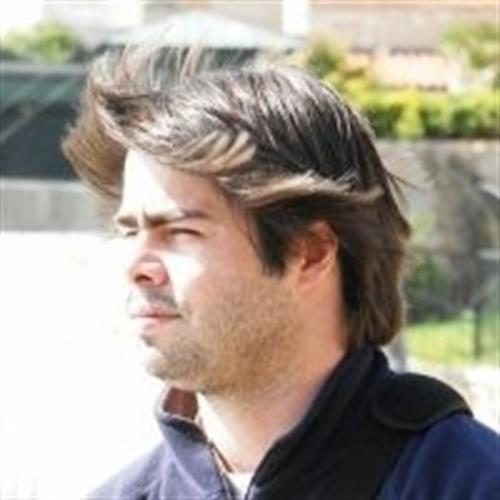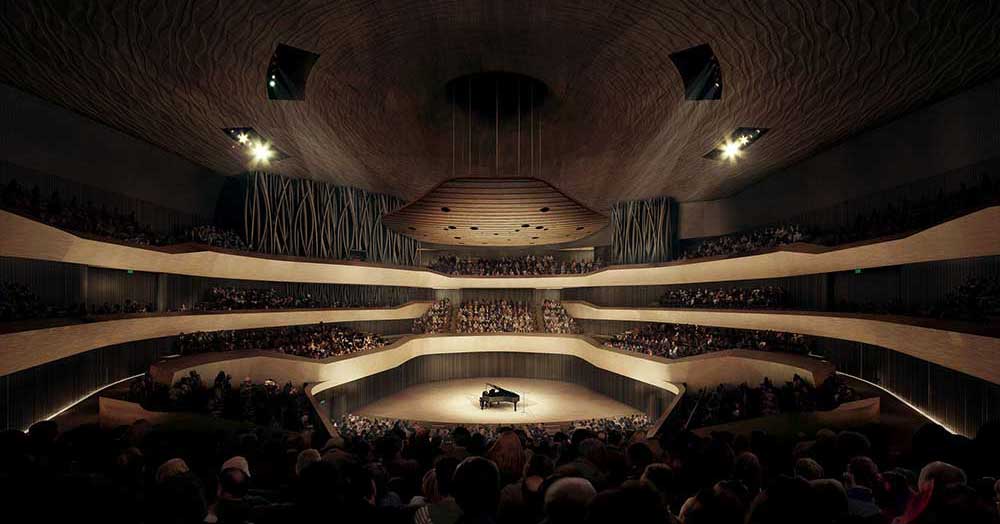
The reverberation time measurement is defined by the time it takes a sound to attenuate 60 dB after the source is stopped. In the real life we can experience reverb times from approximately 0 sec. (outdoors or in anechoic chambers) to something like 10 – 12 sec. In special reverb chambers the time may exceed 20 sec. Control rooms normally should have a reverb time around 0.2 – 0.3 sec.
Why do we have reverberation? The speed of the propagating sound wave is very slow – at least compared to light: approx. 1130 ft. or 340 m per sec.
If there are no reflecting surfaces between the sound source and our ears, only the direct sound is heard and there is no reverberation.
If there is a single reflecting surface we may hear the reflected sound in one way or another, but there is still no reverberation.
If the sound is generated in a room, there are a whole lot of reflections. Each of these travels different paths with different distances on the wayto the receiver. Each time the sound hits a surface it may loose some energy if the surface is absorbing.
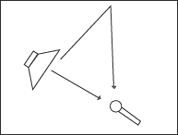
One sound source, one receiver and no room. Only the direct sound is received.
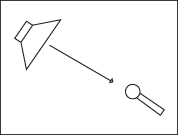
One sound source, one receiver and one reflecting surface. The sound is received twice. (In the control room this is normally experienced as comb filtering, see later).
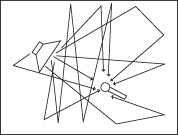
One sound source and one receiver in a room. The sound impulse is reflected in many surfaces. All the reflections are melting together and heard as reverberation.
